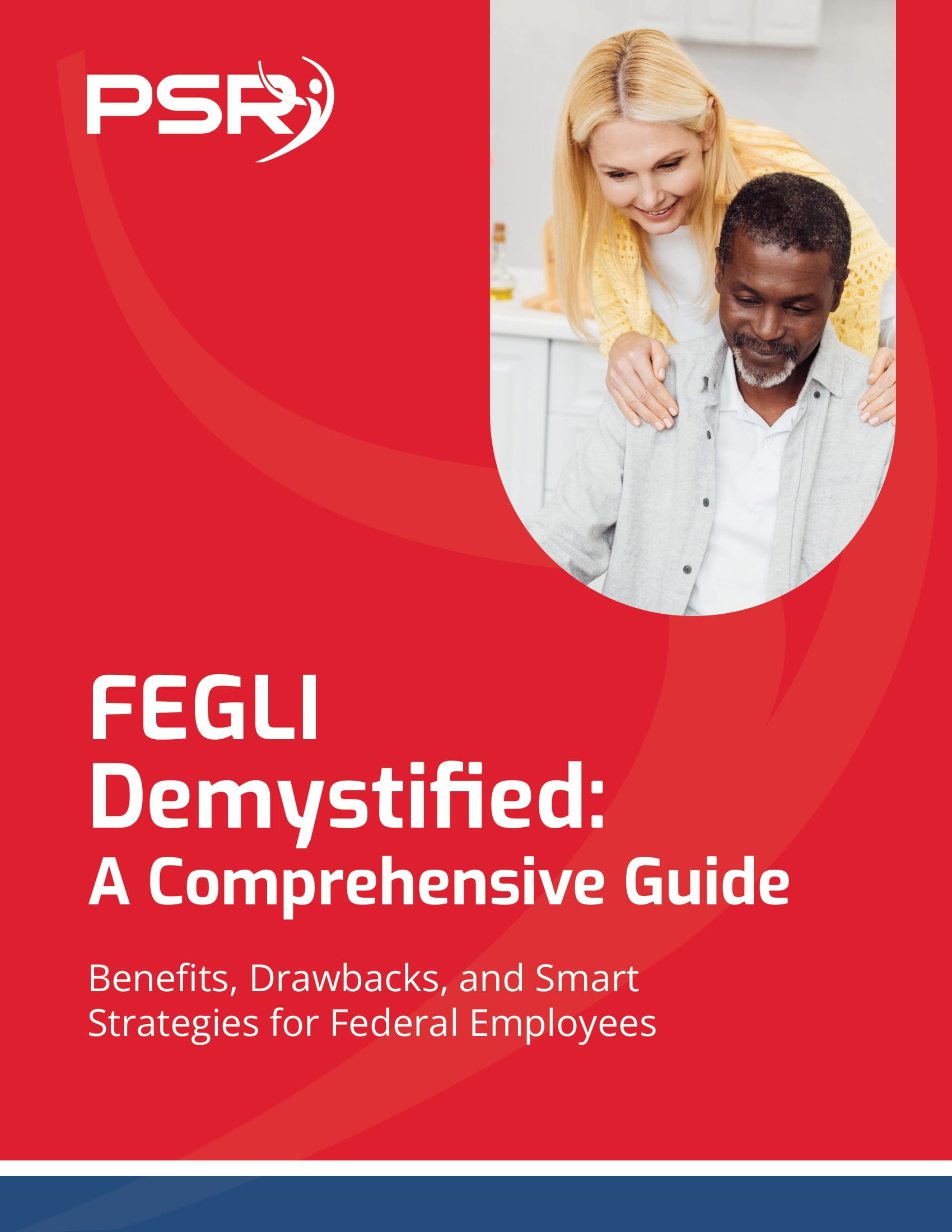Key Takeaways
-
Recent updates to the Federal Employees’ Group Life Insurance (FEGLI) program may impact your retirement planning, so staying informed is crucial.
-
Understanding changes in premiums, options, and eligibility can help you make better decisions about your coverage.
Why FEGLI Matters More Than Ever
- Also Read: FEHB Premiums Are Up—Here’s What You Can Do Without Losing Coverage
- Also Read: Forgetting to Elect a Survivor Benefit Can Leave Your Spouse Without a Penny
- Also Read: 3 Common Medicare Enrollment Mistakes That Could End Up Costing You Thousands
Increased Premiums for Older Enrollees
One of the most significant changes this year is the rise in FEGLI premiums, particularly for those over the age of 65. While premiums have always increased with age, the adjustments in 2025 are steeper than in previous years. This change affects both Basic and Optional coverage, with some age bands seeing increases of up to 15%.
What You Should Do:
-
Review Your Current Costs: Log into your benefits portal and evaluate how much you’re paying.
-
Consider Alternatives: If the new premiums feel prohibitive, you may want to look into private life insurance plans or adjust your FEGLI coverage.
-
Plan Ahead: The changes apply to future years, so even if you’re not in the affected age bracket yet, it’s wise to budget for potential increases.
Adjustments to Basic Insurance Amount (BIA)
The Basic Insurance Amount (BIA) under FEGLI has been recalculated for 2025. The formula—your salary rounded up to the nearest thousand, plus $2,000—remains the same, but the cap has been raised. This allows enrollees with higher salaries to access increased coverage without opting for additional layers of insurance.
What This Means for You:
-
If you’re earning over $120,000 annually, you’ll benefit from the higher cap.
-
Lower-income retirees might not see much impact, but you can still take advantage of Basic coverage’s affordability.
Changes in Optional Coverage Options
FEGLI’s Optional coverage tiers—Options A, B, and C—have been updated. The most notable changes include higher maximum multiples for Option B (up to seven times your salary) and extended eligibility for family members under Option C.
Key Considerations:
-
Option A: Remains at $10,000 but now includes an annual open enrollment period.
-
Option B: The increase in salary multiples gives you more flexibility if you need significant coverage.
-
Option C: Coverage now extends to dependent parents, not just spouses and children.
Open Enrollment Period Returns
For the first time in several years, FEGLI is offering an open enrollment period, allowing federal employees and retirees to make changes to their coverage without undergoing a medical exam. This is a rare opportunity to reassess your needs and make adjustments accordingly.
What You Should Do:
-
Mark Your Calendar: The enrollment window runs from April 15 to June 30, 2025.
-
Reassess Your Coverage Needs: Consider whether your current plan meets your family’s financial goals.
-
Take Advantage of No Medical Exams: This can be particularly beneficial if you’ve developed health conditions that might otherwise disqualify you.
Portability and Conversion Policy Updates
If you’re retiring or leaving federal service, you’ll want to pay close attention to FEGLI’s portability and conversion options. The ability to carry Basic coverage into retirement remains unchanged, but the rules for converting Optional coverage have been updated.
What Changed:
-
Extended Conversion Deadlines: You now have 90 days, up from 31 days, to convert your Optional coverage to a private plan.
-
Simplified Process: The application process has been streamlined, with fewer forms and quicker approval timelines.
Introduction of FEGLI Flex
FEGLI Flex is a new feature introduced this year, allowing enrollees to customize their plans more than ever before. You can now mix and match coverage options, such as combining Basic insurance with lower multiples of Option B or tailoring Option C for specific family members.
How It Benefits You:
-
Cost Control: Pay only for the coverage you truly need.
-
Personalization: Address specific financial needs for dependents, whether it’s replacing income, covering debts, or funding education.
Extended Coverage for Post-Retirement Years
One of the most anticipated changes in 2025 is the extended coverage for retirees. Previously, FEGLI coverage reduced significantly after age 65, but the new policy provides more flexibility. You can now choose between a full reduction, 50% reduction, or no reduction at all, depending on your financial needs.
What You Need to Know:
-
Cost Implications: No reduction comes with higher premiums, but it ensures maximum coverage for your beneficiaries.
-
Partial Reduction Option: A middle ground that balances coverage with affordability.
-
Default Settings: If you take no action, the system defaults to a full reduction, so it’s critical to make your selection during retirement processing.
Making the Most of Your FEGLI Benefits
With all these changes, navigating your FEGLI options can feel overwhelming. However, by breaking it down into manageable steps, you can make informed choices that align with your financial goals and family’s needs.
Actionable Steps:
-
Educate Yourself: Review FEGLI’s updated policy documents available online.
-
Consult HR or a Benefits Specialist: They can clarify how these changes impact your specific situation.
-
Reevaluate Annually: As your life circumstances change, so should your coverage. Don’t let your plan become outdated.
-
Budget Accordingly: Plan for rising premiums and any additional costs associated with enhanced coverage options.
Secure Your Legacy with Updated Coverage
FEGLI’s updates for 2025 reflect a commitment to flexibility and inclusivity, but they also require careful planning on your part. By staying proactive and reassessing your needs, you can ensure your life insurance coverage protects your loved ones while fitting into your retirement plans.













